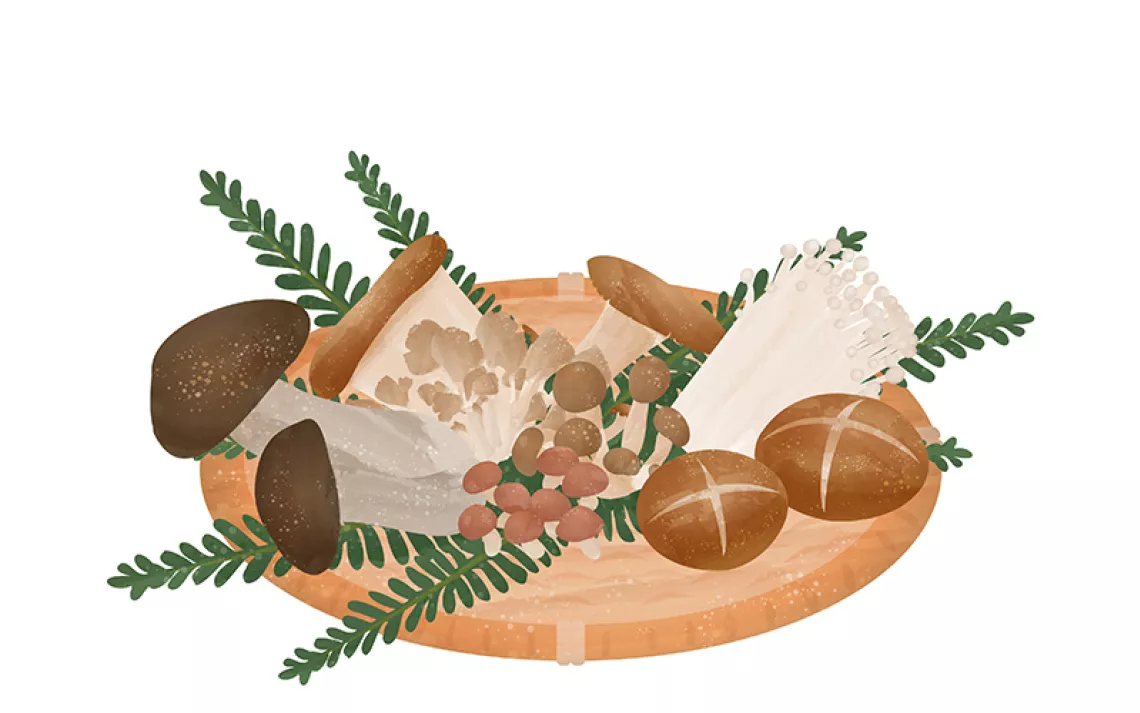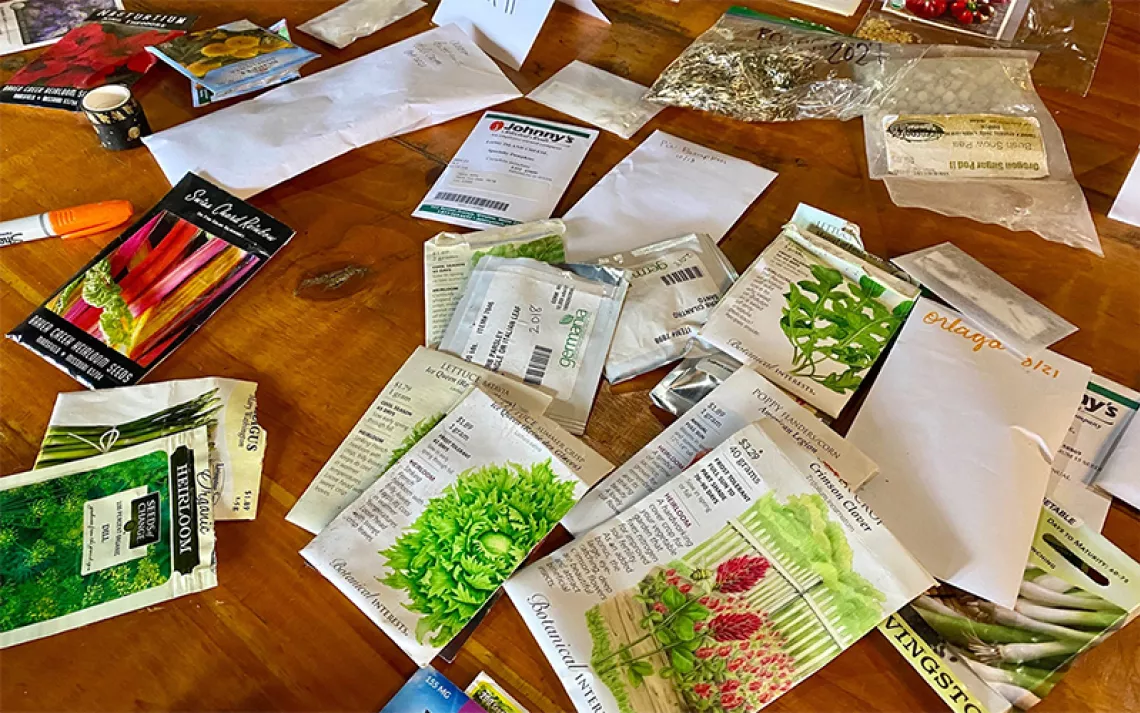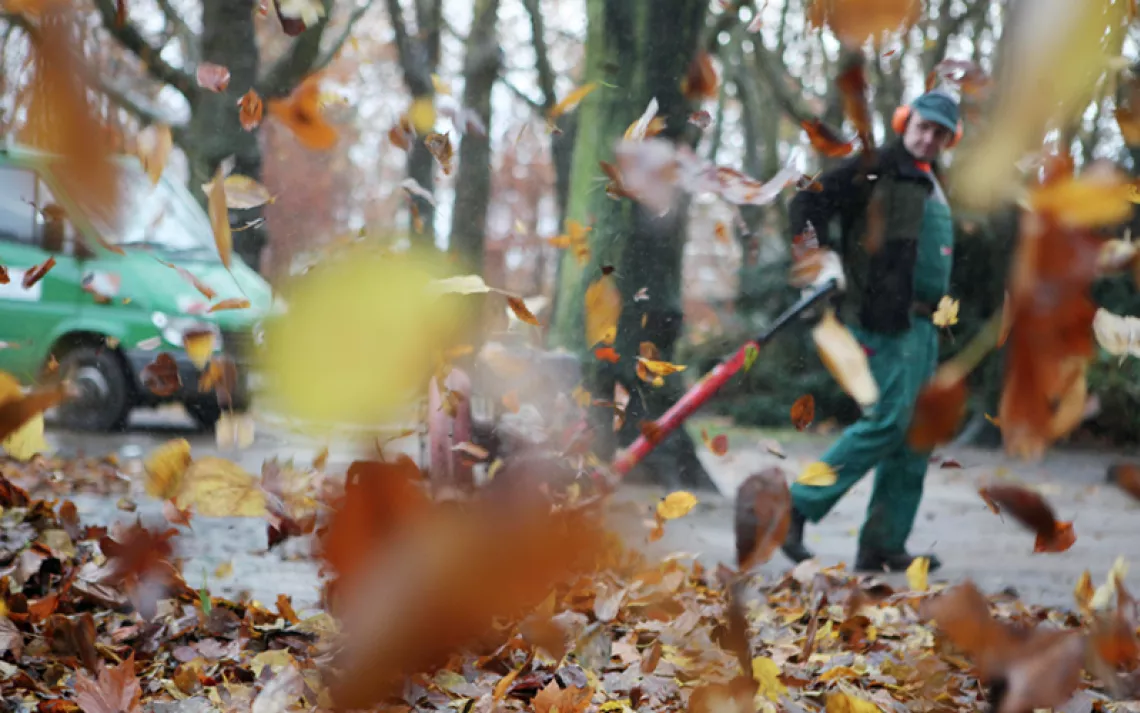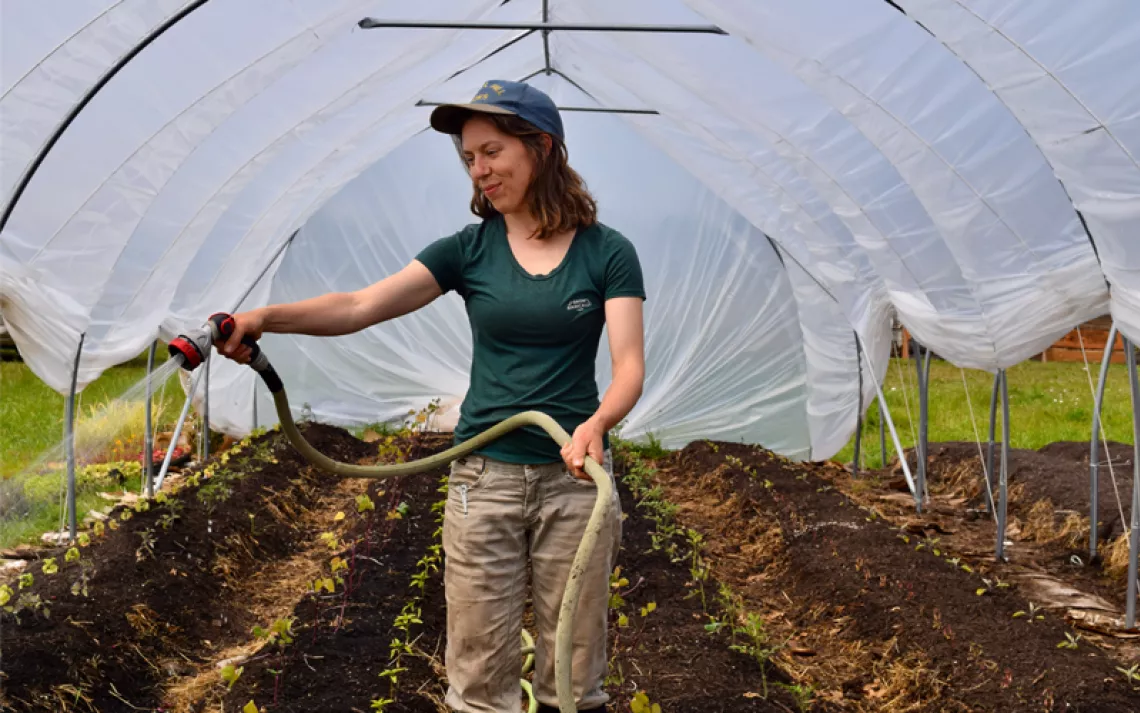Hey Mr. Green, Is My Vegetable Garden More Efficient Than a Big Farm?
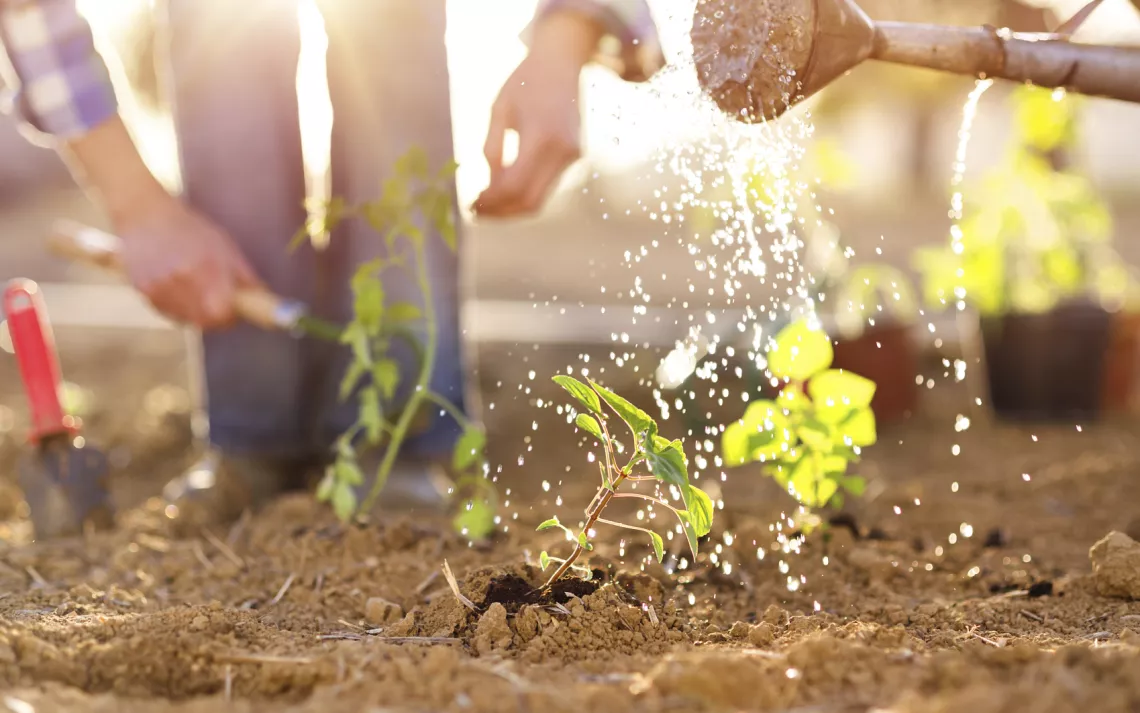
Photo by iStock/halfpoint
Hey Mr. Green,
My friend is a master gardener who grows enough vegetables for him and his wife, with some to spare. His garden is in his backyard, so transport from there to kitchen is about 20 feet. Due to the drought, he has decided not to garden this year, except for 8 tomato plants. He thinks big farms make more efficient use of water. I say his footprint is smaller in many ways (water, carbon) if he continues to grow a garden instead of buying his veggies. What do you think? Farm on? That's what I say.
—Jenny, San Rafael, California
You’re right. If he’s a true master gardener, he should indeed farm on! In fact, the master gardener program in his own county says that the home garden can get by on less water than commercial growers.
Looking at water and tomatoes as an example, I combined irrigation research data from the University of California at Davis with USDA’s tomato harvest statistics, and concluded that it takes about 7.5 gallons of water to produce a pound of tomatoes in a conventional field. Plant population numbers indicate that a commercial tomato plant produces from 10 to 13 pounds, meaning that the average tomato plant requires around 75 to 100 gallons of water.
I know from experience in my own garden that a well-tended, well-bred, home-grown plant produces about the same weight of tomatoes as a commercial farm, and maybe a lot more if given specialized personal attention, like those prodigious pumpkins they coax up to a ton apiece. Your county’s master gardener program confirms my experience. As for water, the master gardeners recommend about a gallon a week per plant. Various other sources range from one to two gallons a week, depending on local conditions. Since a tomato plant grows for about 5 months, the home gardener would need 20 to 40 gallons per plant, or less than a half the amount of water needed by the commercial grower. Now if your neighbor can be this efficient with tomatoes, there is no reason that he cannot attain the same level of water thrift with other vegetables. Of course there are too many variables, like soil type, humidity, temperature, subsoil moisture, etc. that it’s impossible to state the precise amount of irrigation needed.
As for his carbon footprint, it’s obviously a no-brainer, no contest. His only energy use, besides a handful of calories it takes him to walk to and from his garden, will occur if he cans or freezes surplus produce.—Bob Schildgen
 The Magazine of The Sierra Club
The Magazine of The Sierra Club
